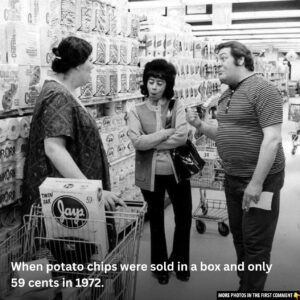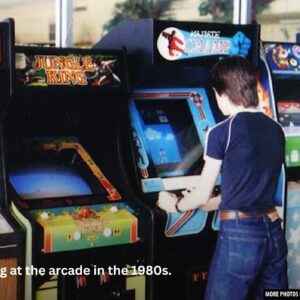Step back in time and immerse yourself in the golden era of fast food with our exclusive collection of historical photos, vintage advertisements, and original menus from Old McDonald’s (1950s-1980s). Discover the humble beginnings and innovative evolution of a brand that redefined dining with its iconic Golden Arches and revolutionary service system. Relive the nostalgia of a bygone era and experience the timeless charm that continues to inspire culinary legends today. Uncover hidden stories and cherish memories with every image.
The Humble Beginnings of a Global Icon
In the early 1940s, two visionary brothers, Dick and Mac McDonald, laid the foundation of what would eventually become a worldwide phenomenon. Originally a modest barbecue restaurant in San Bernardino, California, the establishment catered to local tastes with offerings like ribs and barbecued pork sandwiches. This was the seed from which an empire would grow, rooted in innovation and a deep understanding of customer service.
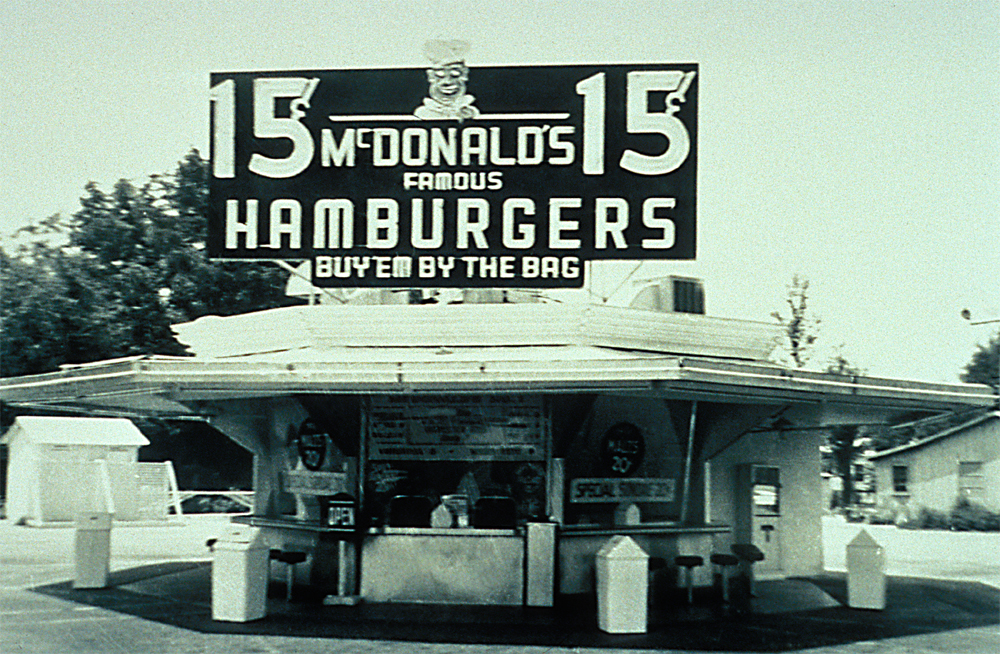
Pioneering the Speedee Service System
By 1948, the McDonald brothers had already begun to revolutionize dining with their “Speedee Service System.” This system introduced an unprecedented level of efficiency to the restaurant industry, setting the stage for modern fast-food operations. It wasn’t just about quick meals—it was about crafting an experience that resonated with the fast-paced lifestyles of post-war America. The system’s success paved the way for the rapid expansion and evolution of the brand.

Video
Watch the video on The McDonald’s McPizza – a huge failure in the fast-food world!
A Bold New Look: The Birth of the Golden Arches
In April 1952, realizing the need for further efficiency and a striking visual identity, the brothers sought out a fresh architectural vision. They collaborated with architect Stanley Clark Meston to create a design that was as memorable as it was innovative. The new restaurant featured dazzling red and white ceramic tiles, shiny stainless steel, vibrant sheet metal, and neon lights that pulsed in red, white, yellow, and green. Most notably, the design introduced the iconic “Golden Arches”—a symbol that would soon be recognized by millions around the globe. This architectural marvel not only drew attention but also signified a new era of modernity and style.
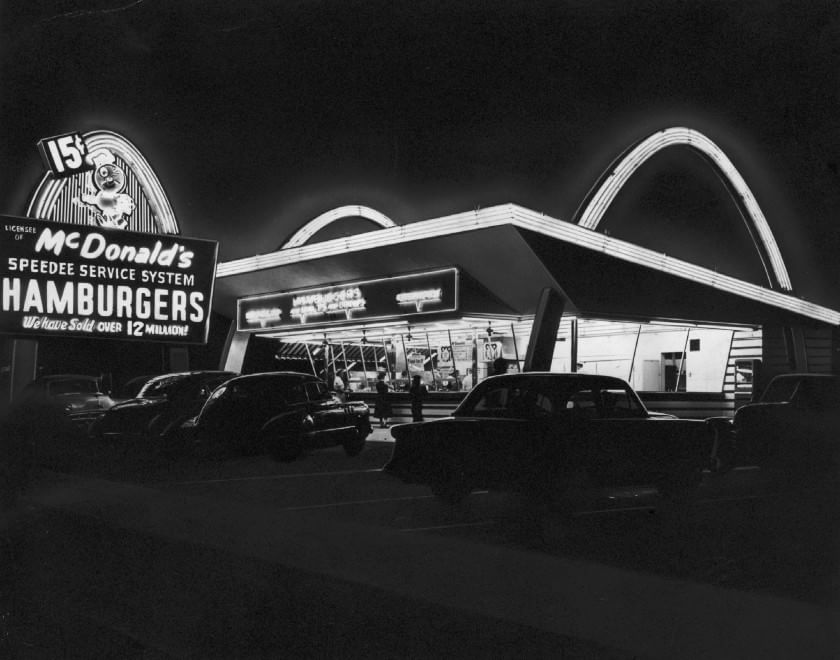
Ingenious Customer Experience Tactics
Beyond the striking design, the early McDonald’s restaurant was engineered to ensure that customers enjoyed their meals quickly and efficiently. The innovative layout featured fixed, angled seating designed to place diners directly over their food, while subtle measures such as reduced heating and cone-shaped cups encouraged guests not to linger. These thoughtful details, though small, contributed significantly to the overall efficiency and distinctiveness of the dining experience, leaving a lasting impression on those who visited during its golden era.

Ray Kroc and the Franchise Revolution
A pivotal moment in the brand’s history came in 1954, when Ray Kroc, then a milkshake machine salesman, discovered the remarkable efficiency of the McDonald brothers’ restaurant. Intrigued by what he saw, Kroc visited San Bernardino and soon realized that the brothers’ innovative formula had the potential to conquer the entire nation. Despite the brothers’ initial hesitations—fueled by concerns over adapting to different climates and preserving their local success—Kroc’s vision prevailed. He took the reins of national expansion, eventually buying out the founding brothers in 1961. This transition marked a turning point, setting the stage for McDonald’s to evolve from a single local eatery into the leading fast-food chain in America.
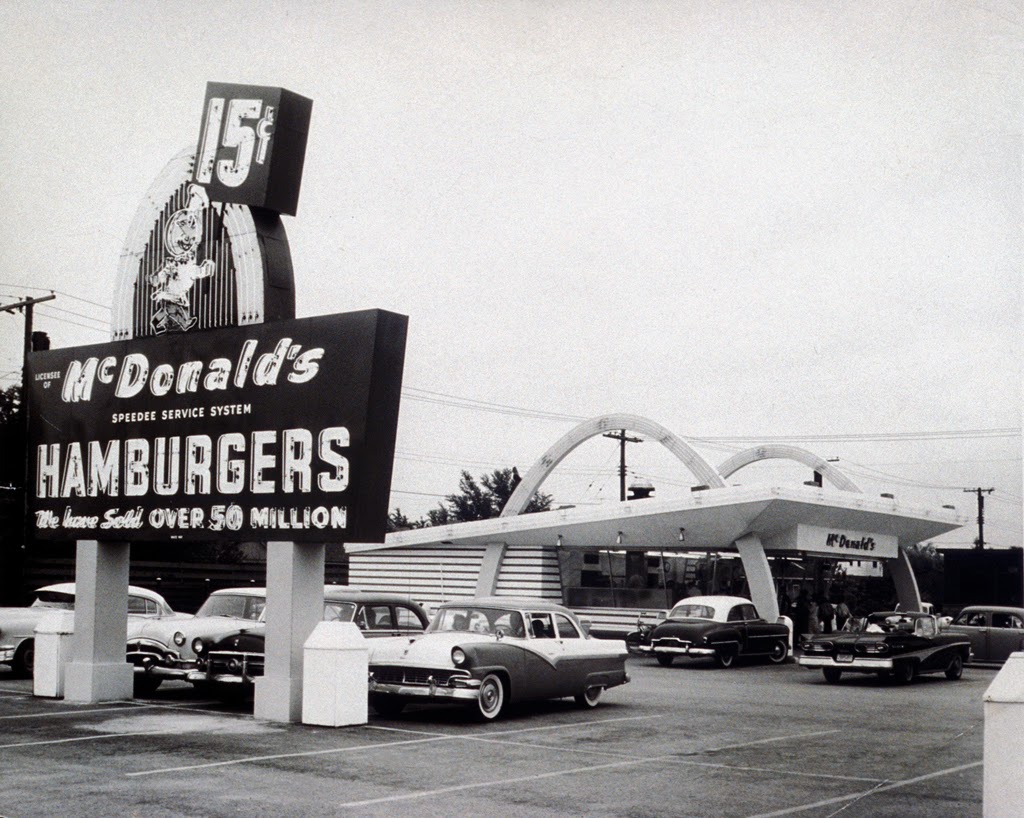
Evolving the Menu Through the Decades
The original McDonald’s menu, introduced in 1940, was simple yet effective. It featured freshly prepared hamburgers, cheeseburgers, potato chips, coffee, and Coca-Cola—all crafted with care and a commitment to quality. As the years passed, McDonald’s began to expand its offerings. The 1960s saw the debut of now-classic items like the Filet-O-Fish and the Big Mac, while the 1970s and 1980s introduced favorites such as chicken nuggets, the Egg McMuffin breakfast sandwich, and a range of salads. Each new addition was a nod to innovation and a desire to continually delight customers with fresh, diverse choices.
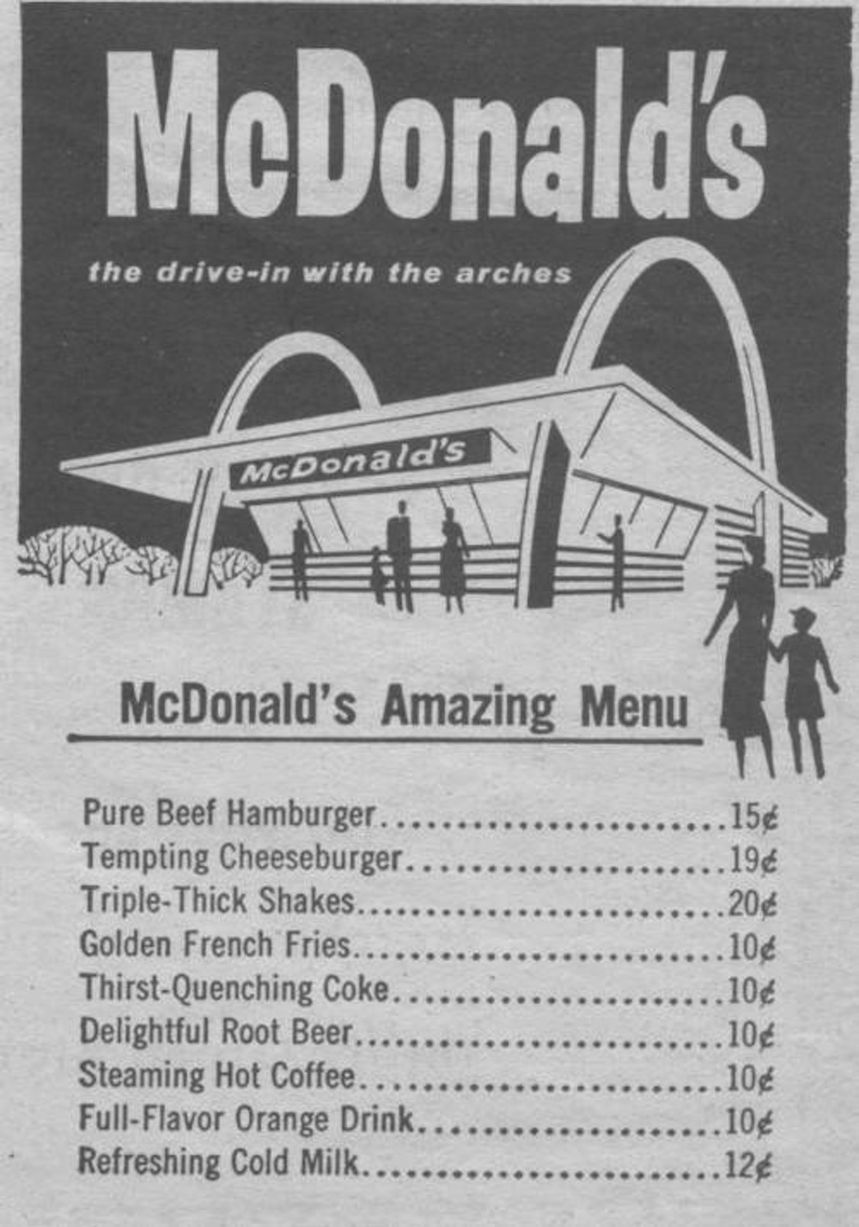
Crafting a Nostalgic Identity Through Advertising
In its early years, McDonald’s advertising focused on the speed and efficiency that defined its service. Slogans like “Service with Speed” and the charming character Speedee—a winking chef who quickly became synonymous with the brand—were at the forefront of its messaging. As the company grew, its advertising strategy evolved. The 1960s brought a renewed focus on food quality and freshness, highlighted by memorable jingles that celebrated the taste and texture of the Big Mac. By the 1970s, McDonald’s advertising had taken on a more emotional tone. Campaigns such as “You Deserve a Break Today” resonated deeply with audiences, inviting them to pause and relish a moment of comfort in their busy lives. These heartfelt messages not only promoted the food but also fostered a sense of community and belonging, evoking warm memories of simpler times.

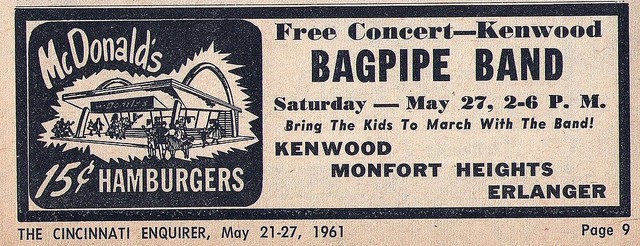
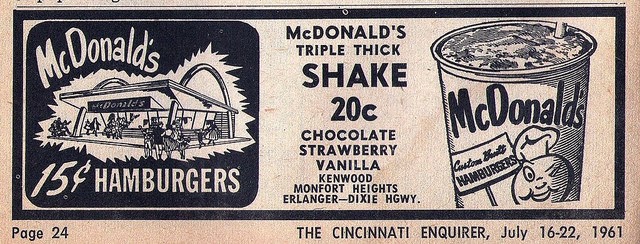
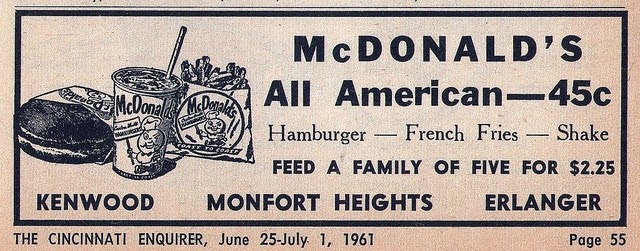
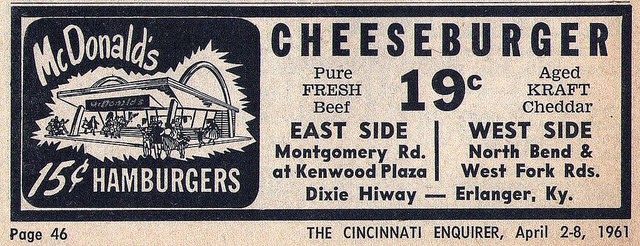
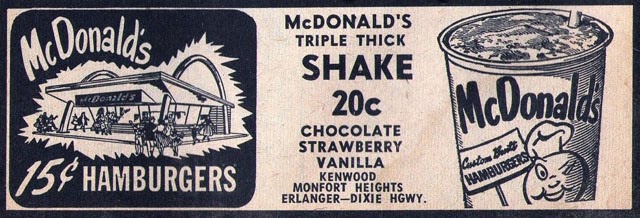
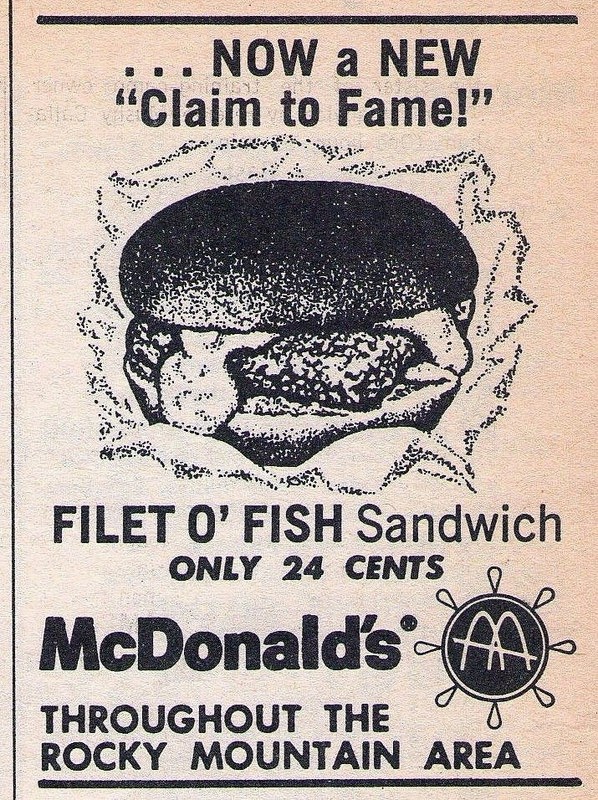
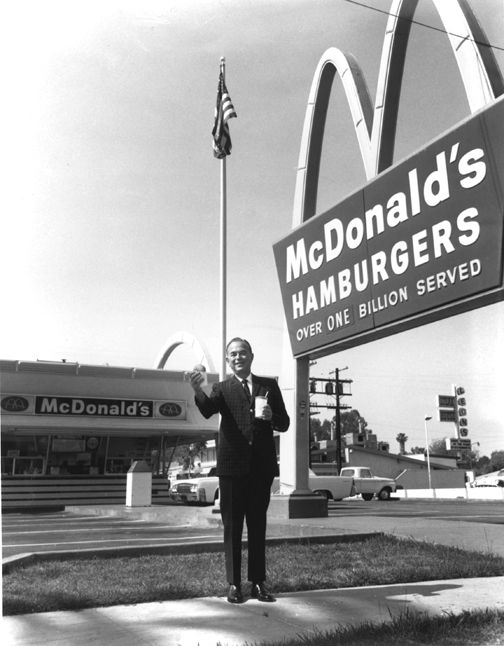
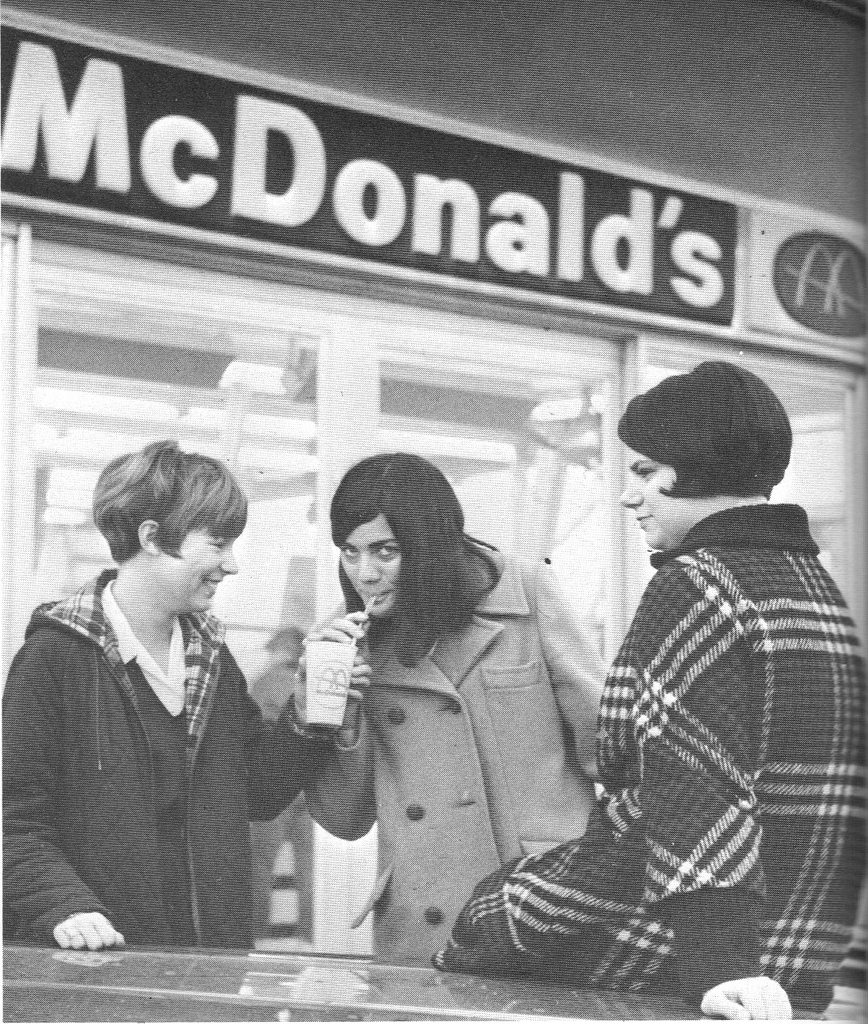
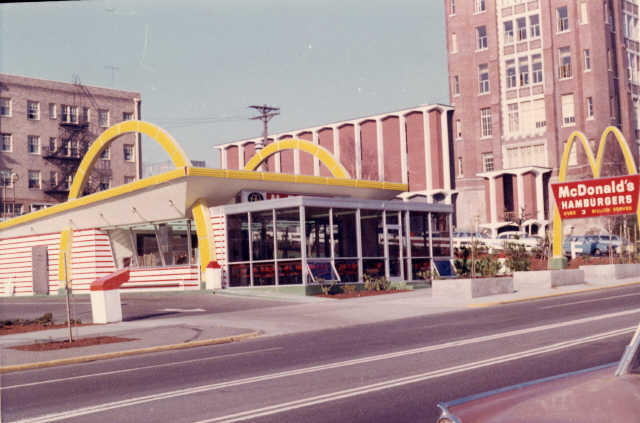
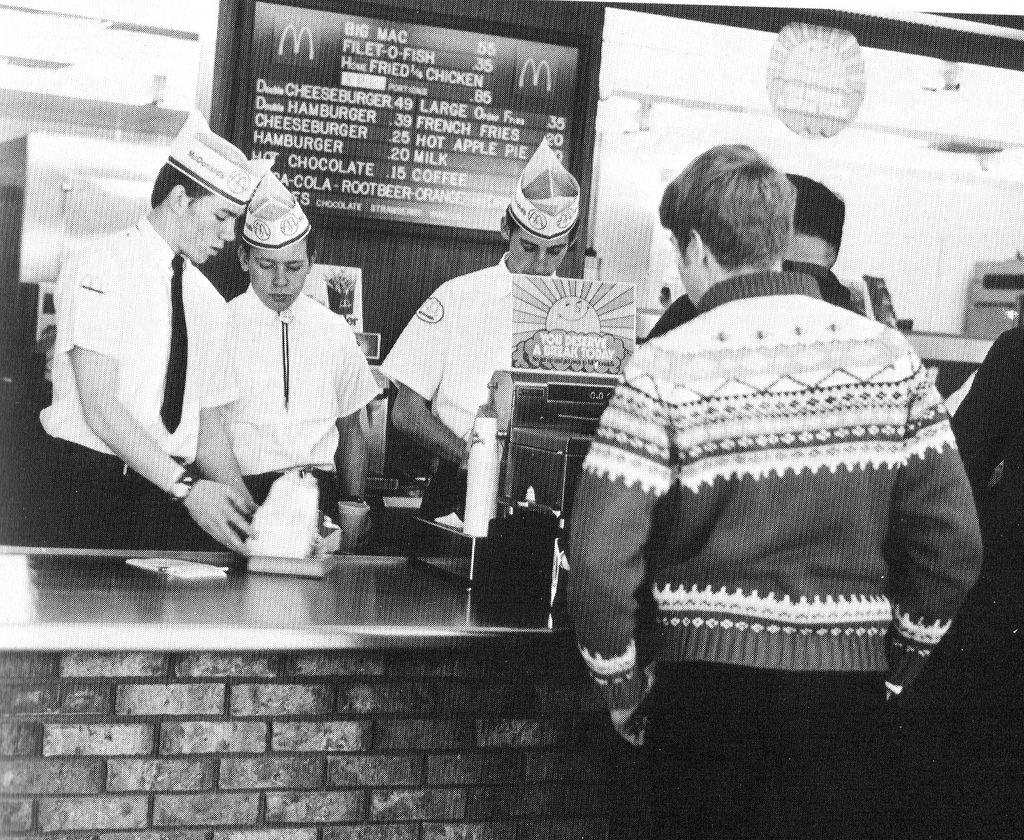
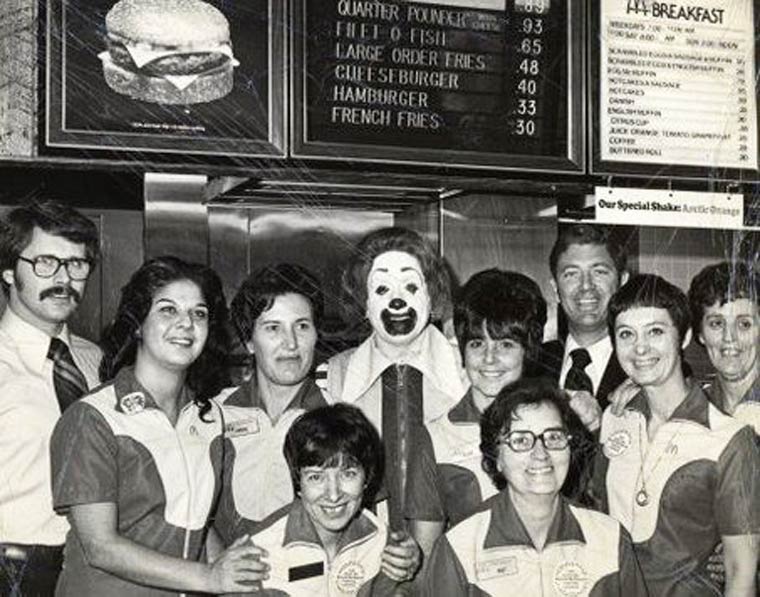

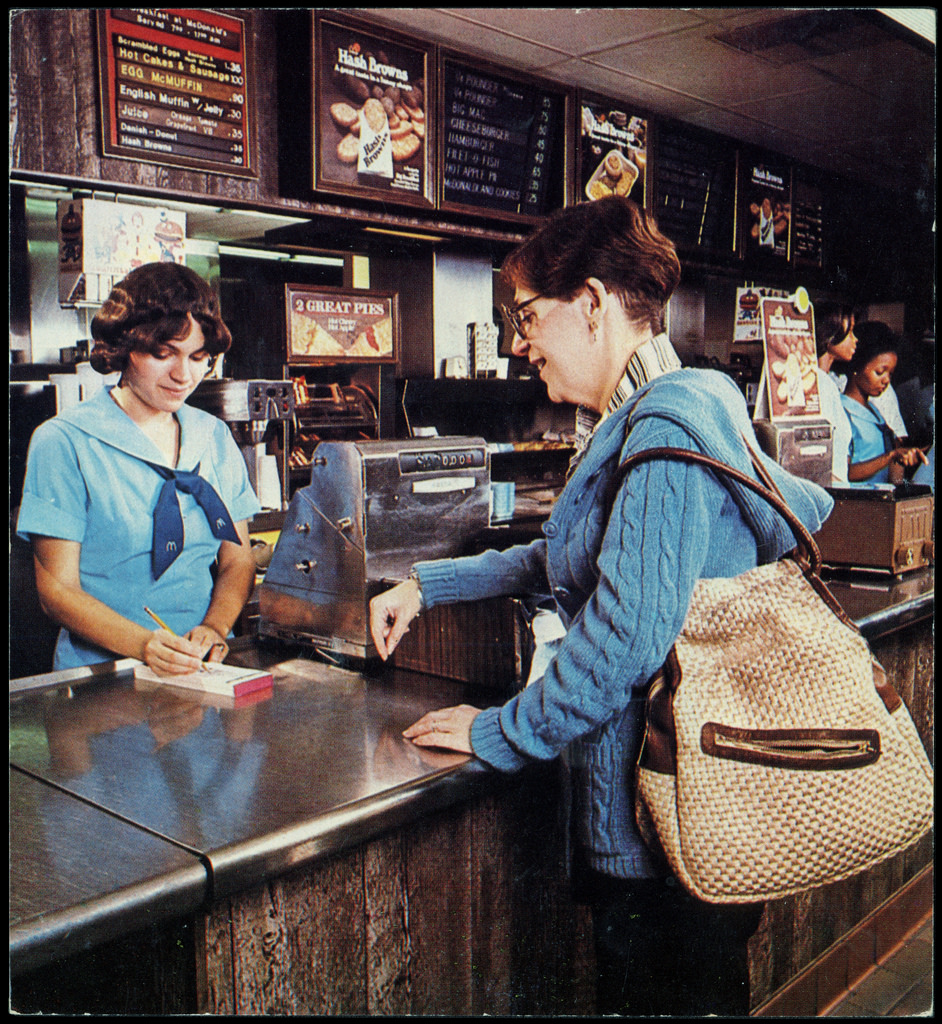
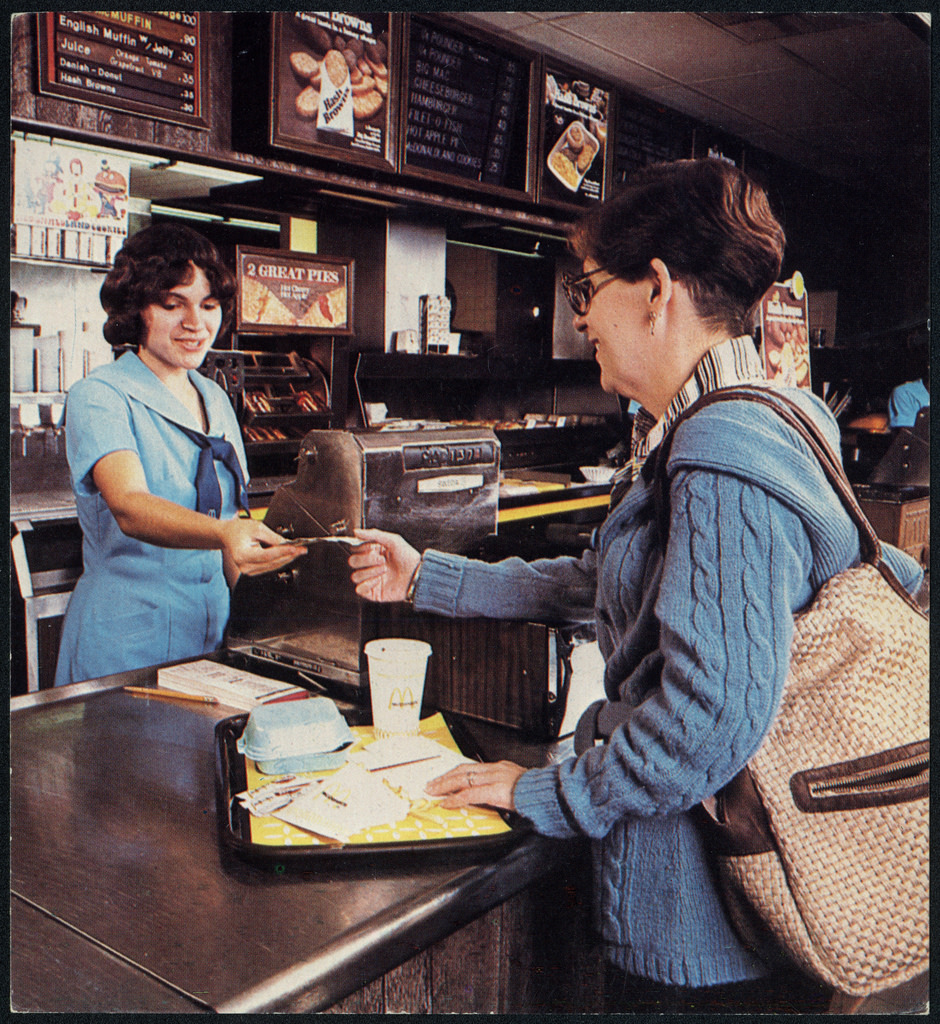
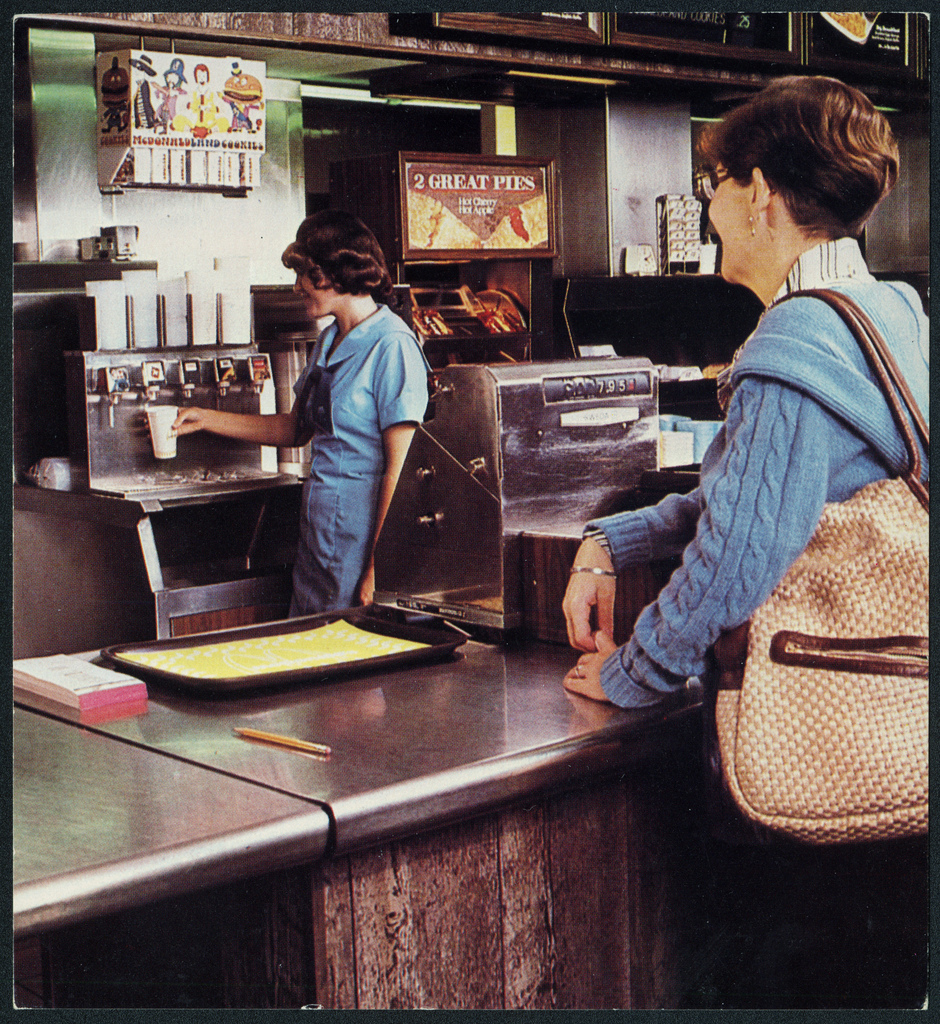
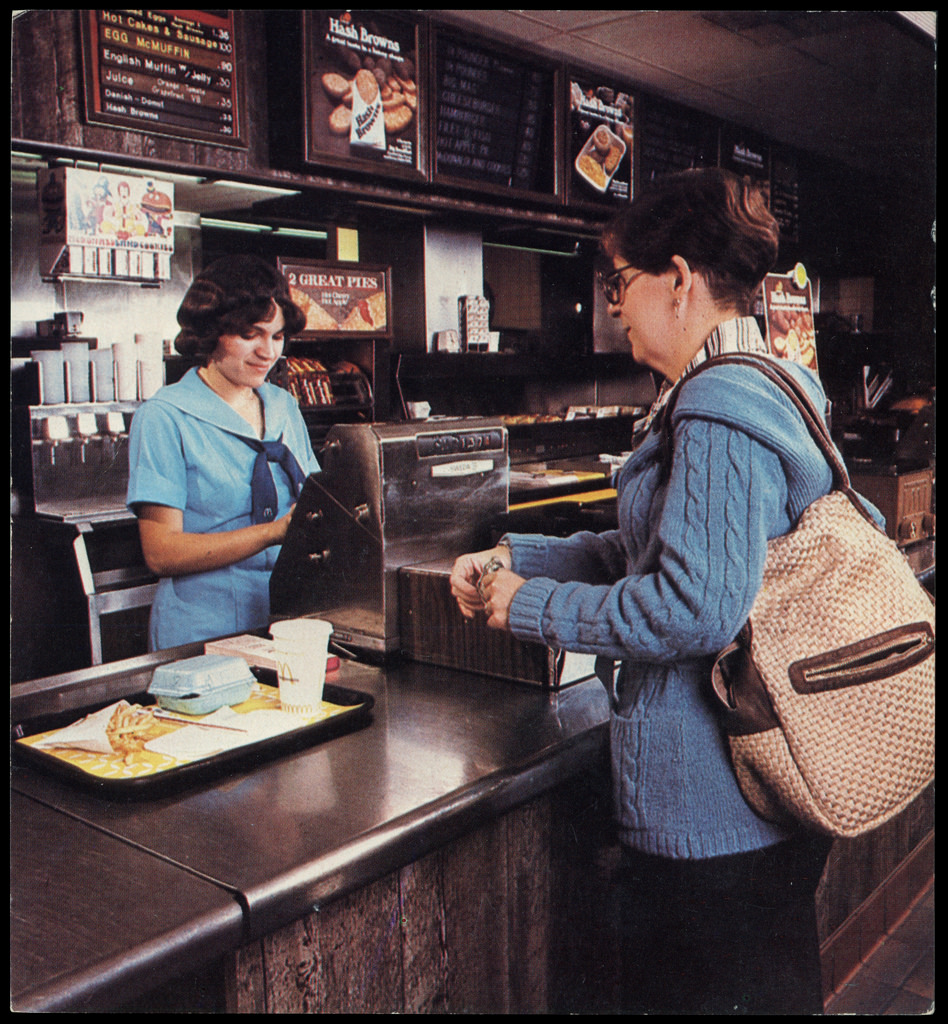
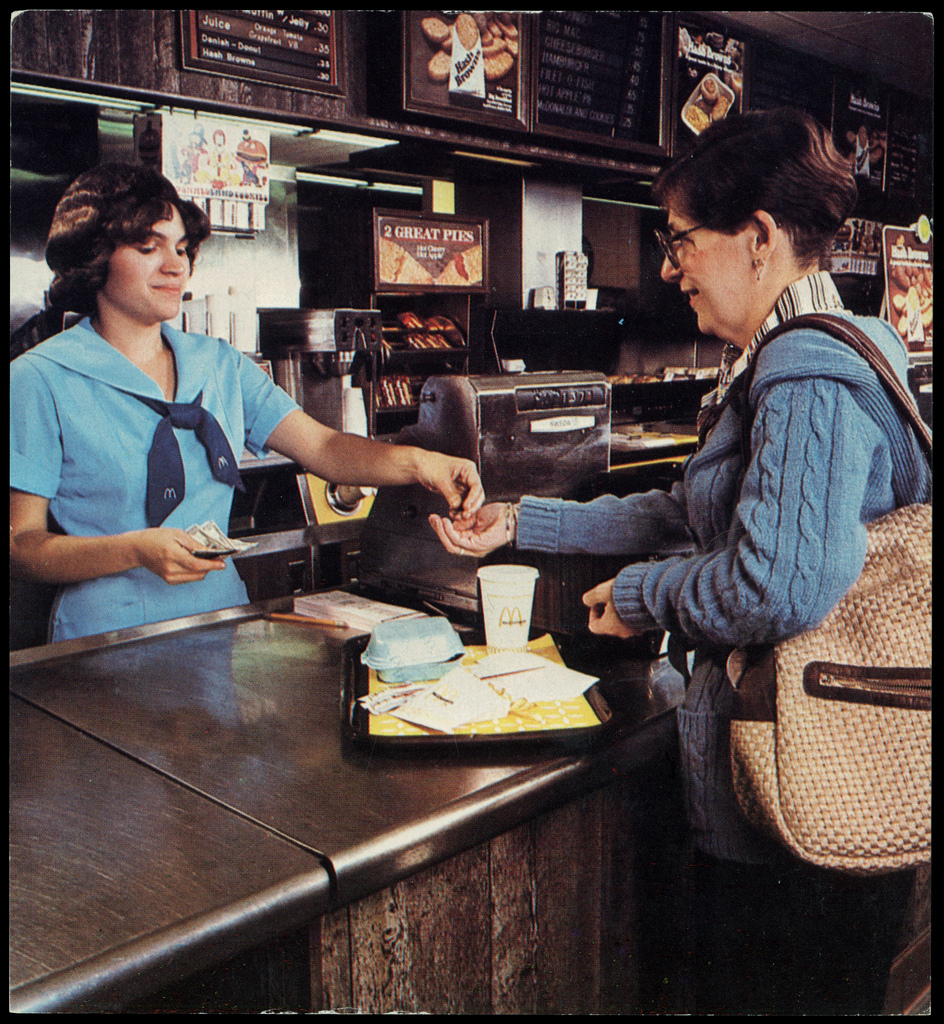
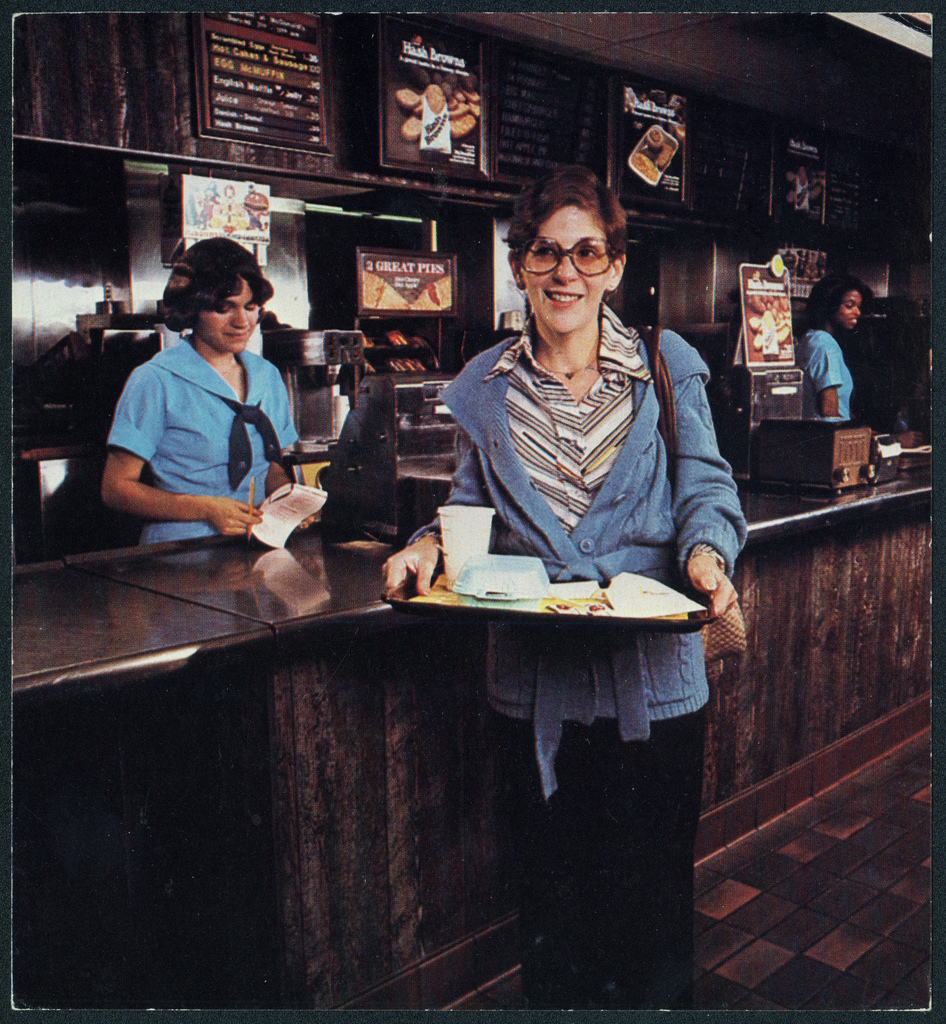

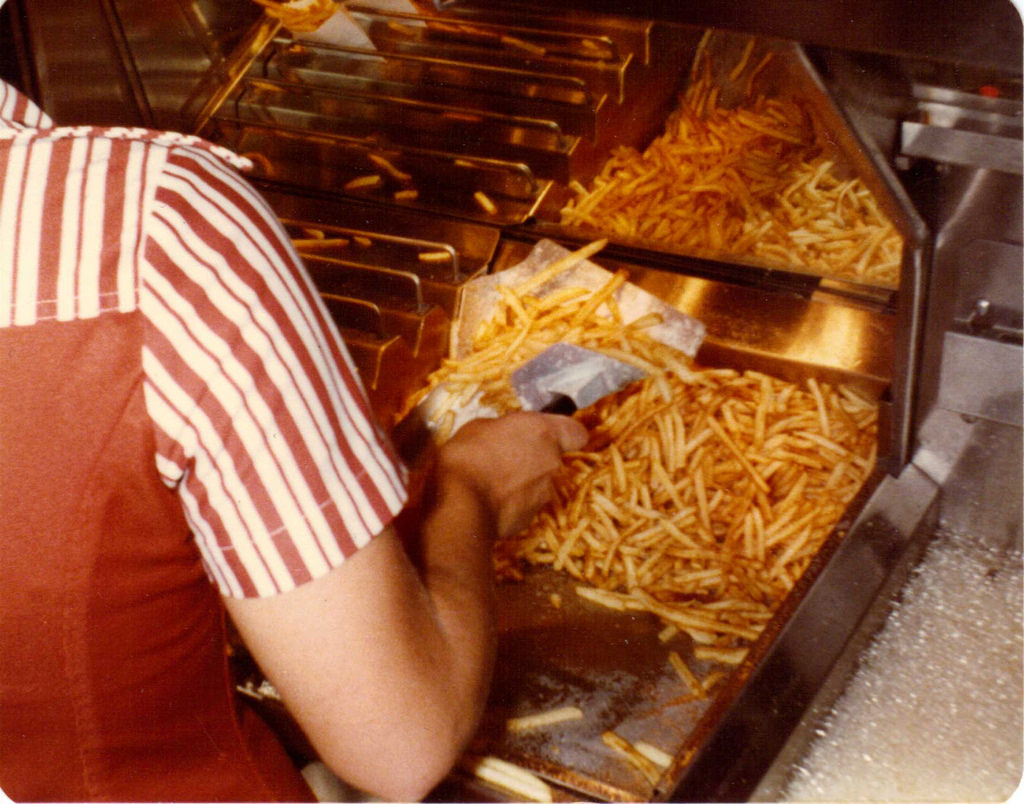

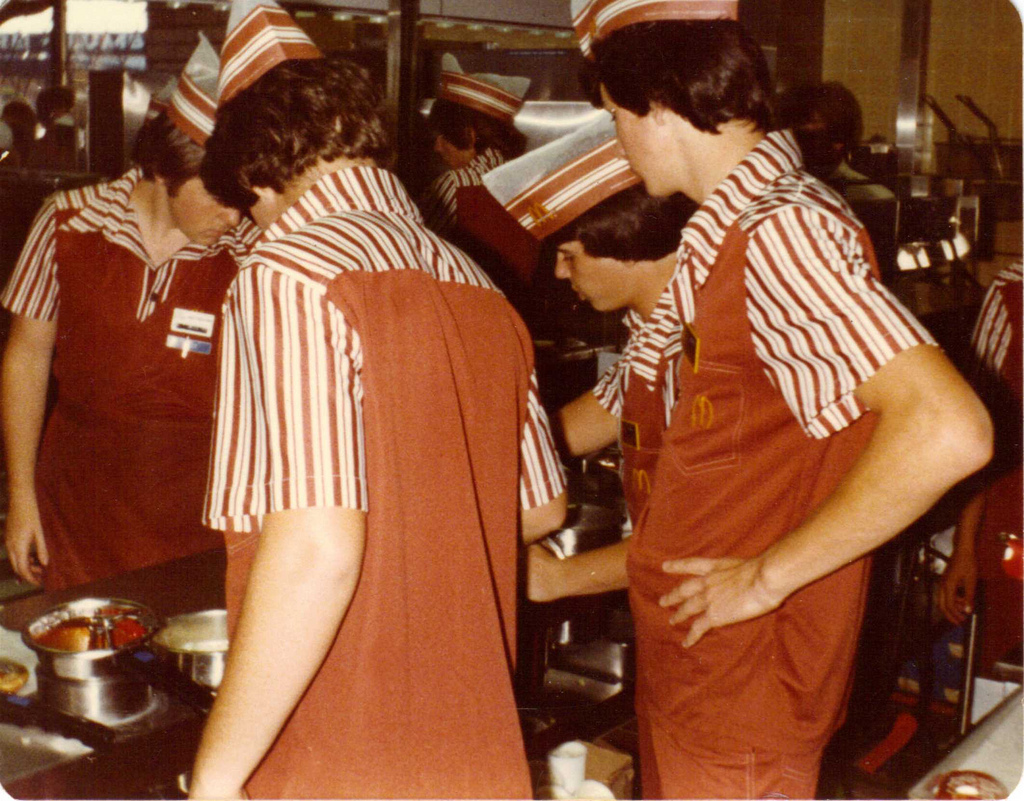

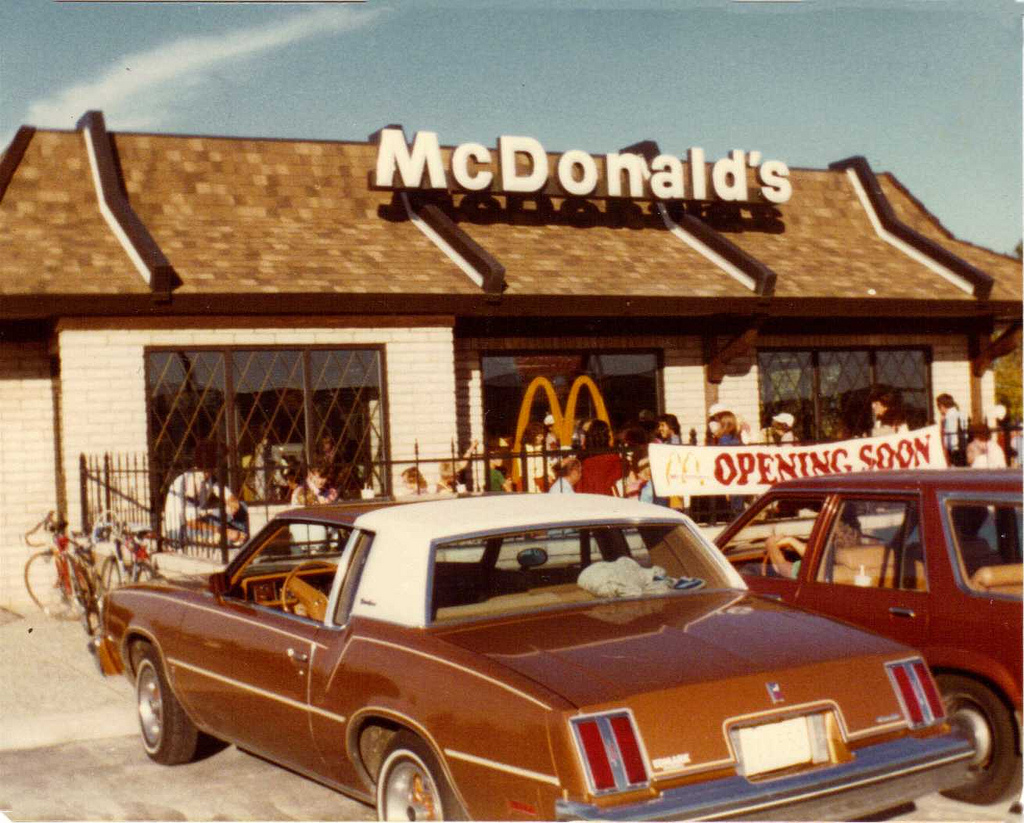
Video
Check out the video on ordering food at a McDonald’s in 1992 – it’s a fun look at the past!
Conclusion: A Legacy Etched in Nostalgia
Reflecting on McDonald’s journey from a small, innovative restaurant to a global fast-food empire brings back a wave of nostalgia. The company’s evolution is a testament to the power of ingenuity, adaptability, and a deep commitment to customer satisfaction. From the early days of barbecue and speedy service to the iconic Golden Arches and heartwarming advertising campaigns, McDonald’s has forever left its mark on the culinary world. For those who remember the golden era of its humble beginnings, each visit remains a cherished reminder of a time when innovation met tradition in the most delightful way.

